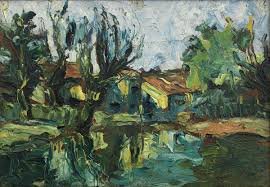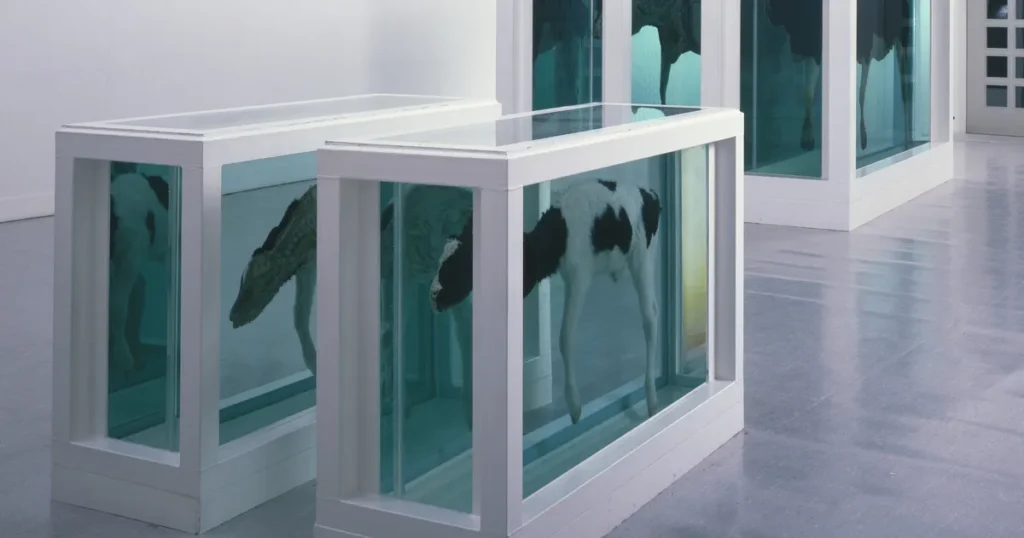Is Art Elitist?
The question of whether or not art is elitist has spanned centuries of philosophical and aesthetic reflection. From European modernity to the contemporary era, different authors have sought to understand the Nature of art, its criteria of value, and its social function. The issue becomes even more relevant when we consider the institutions that have […]










